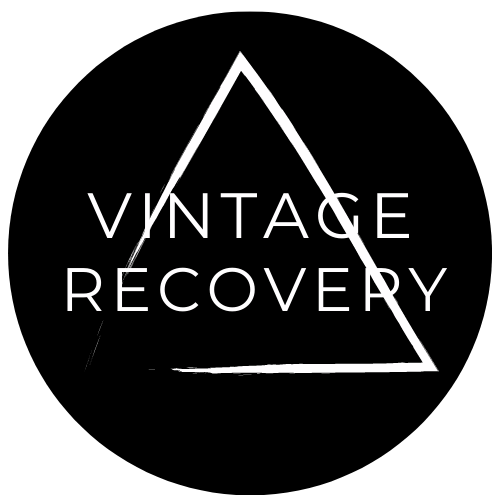
Circular Economy: Fashion for a Sustainable Future
Share
In recent years, the concept of the circular economy has gained significant attention as a sustainable approach to consumption and production. Within the fashion industry, a sector known for its environmental impact and fast-paced trends, the adoption of circular economy principles holds great potential for positive change. This blog post will investigate the concept of the circular economy, distinguish it from traditional recycling practices, and shed light on why transitioning to a circular economy is crucial for the environment.
What is the Circular Economy?
The circular economy is an economic system designed to minimise waste and maximise resource efficiency. Unlike the traditional linear economy, which follows a "take-make-dispose" model, the circular economy aims to create a closed-loop system where resources are utilised for as long as possible, with minimal waste generation. In the context of the fashion industry, this means shifting away from the traditional model of producing, consuming, and disposing of clothing towards a more sustainable approach.
Distinguishing Recycling from the Circular Economy:
While recycling plays a vital role in waste management, it is important to distinguish it from the circular economy. Recycling primarily involves the conversion of waste materials into new products, often through processes that require energy and resources. In contrast, the circular economy goes beyond recycling by prioritising the design of products and systems that eliminate waste from the outset. It focuses on reducing the consumption of virgin resources, extending the lifespan of products, and promoting reusability, repairability, and recycling as a last resort.
Why is a Circular Economy Better for the Environment?
A circular economy offers numerous environmental benefits, making it a compelling solution for the fashion industry's sustainability challenges:
- Resource Conservation: By prolonging the life of clothing through practices like repairing, sharing, or upcycling, a circular economy reduces the need for new raw materials, thereby conserving precious resources such as water, energy, and land.
- Waste Reduction: The fashion industry generates a staggering amount of textile waste each year. Embracing circularity helps divert textiles from landfills, reducing the environmental burden associated with waste disposal and minimising pollution risks.
- Emissions Reduction: Traditional fashion production involves carbon-intensive processes, from raw material extraction to manufacturing and transportation. Transitioning to a circular economy can help curb greenhouse gas emissions by minimising production demands and promoting more sustainable sourcing and production methods.
- Preservation of Biodiversity: The fashion industry's reliance on virgin resources often contributes to habitat destruction and loss of biodiversity. Adopting circular practices reduces the pressure on natural ecosystems, helping protect wildlife and preserving biodiversity hotspots.
The circular economy represents a transformative shift for the fashion industry, offering a sustainable alternative to the linear model of production and consumption. By embracing circularity, the industry can reduce its environmental footprint, conserve resources, and contribute to a more sustainable future.
